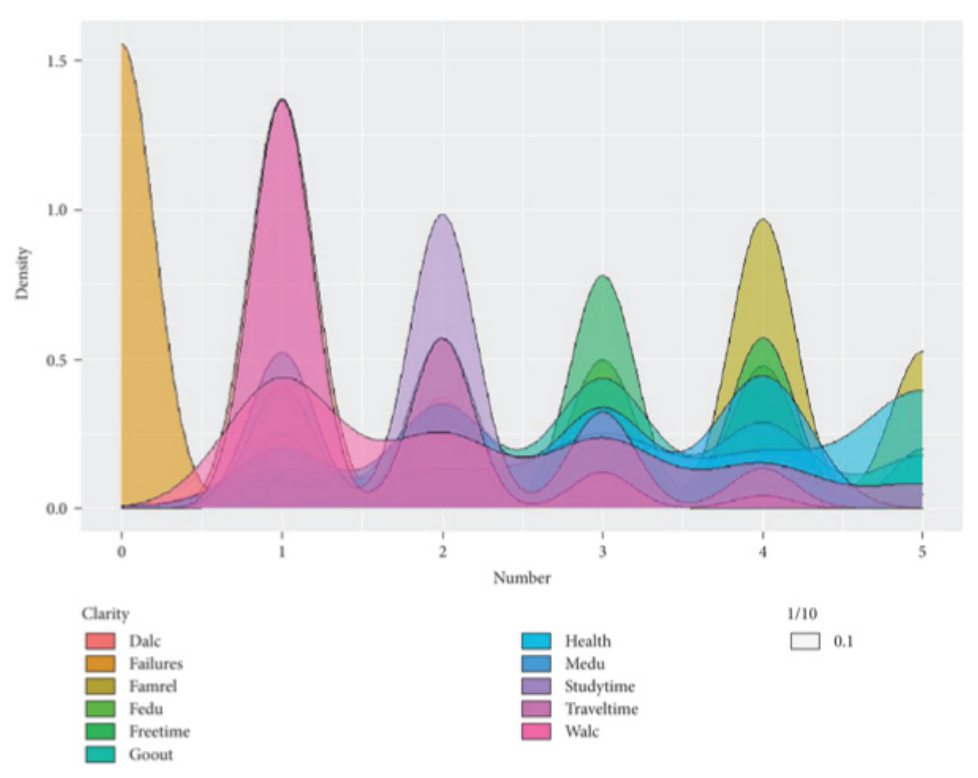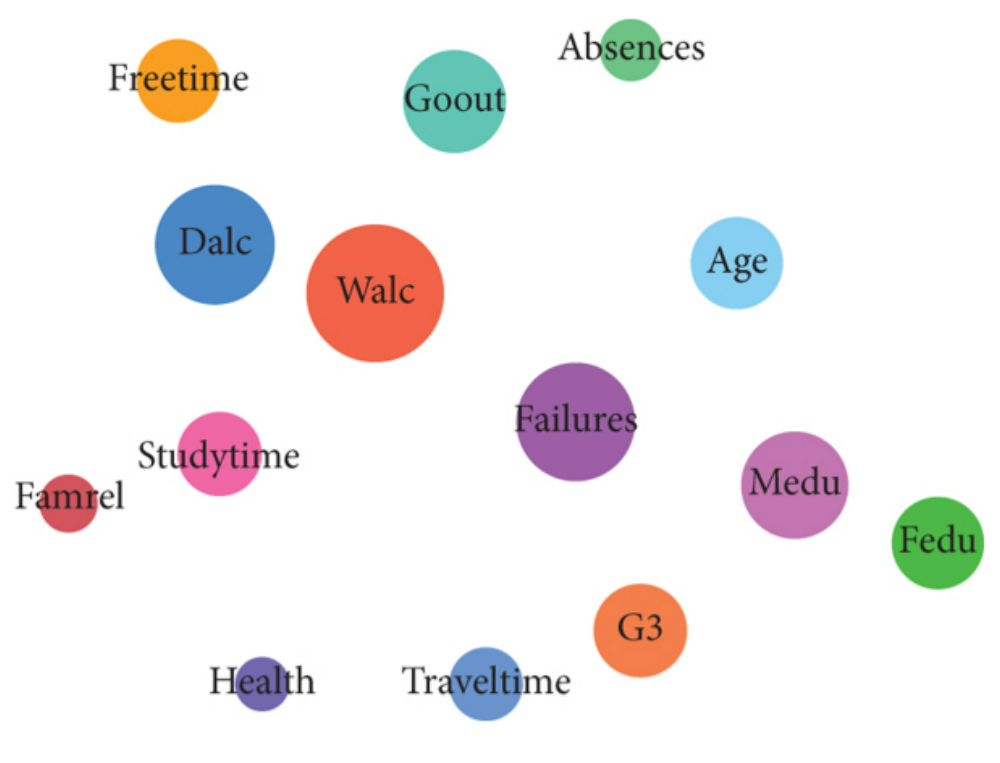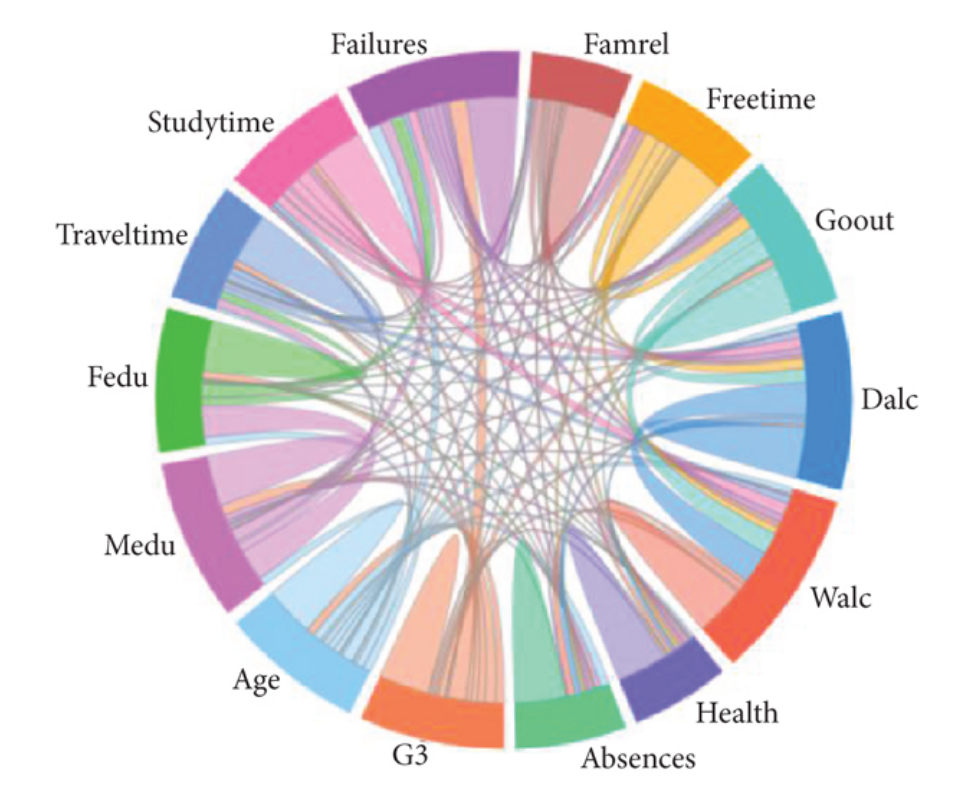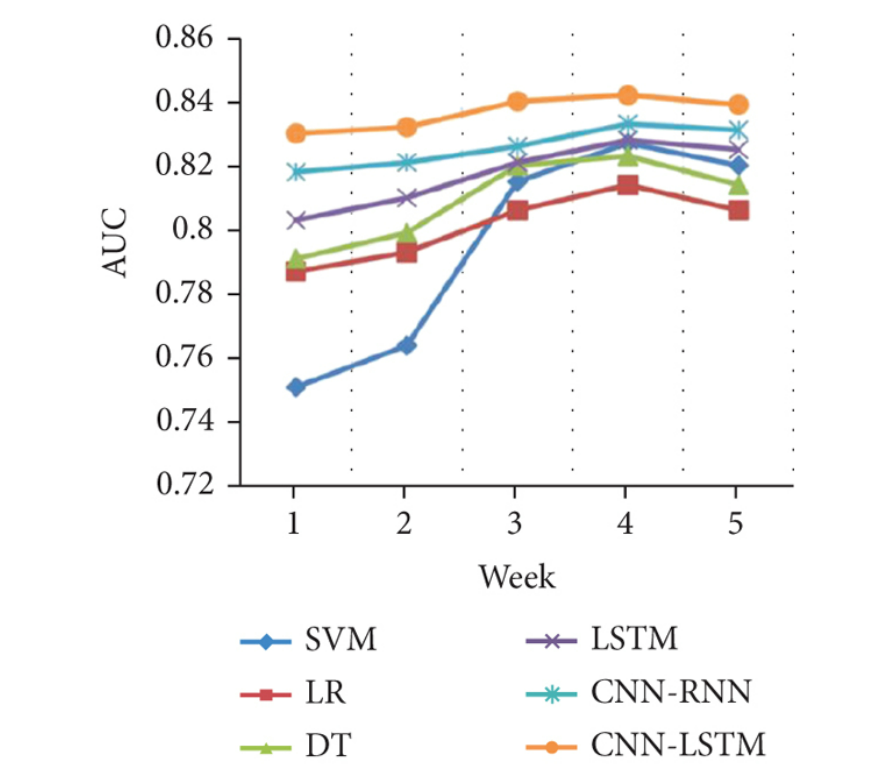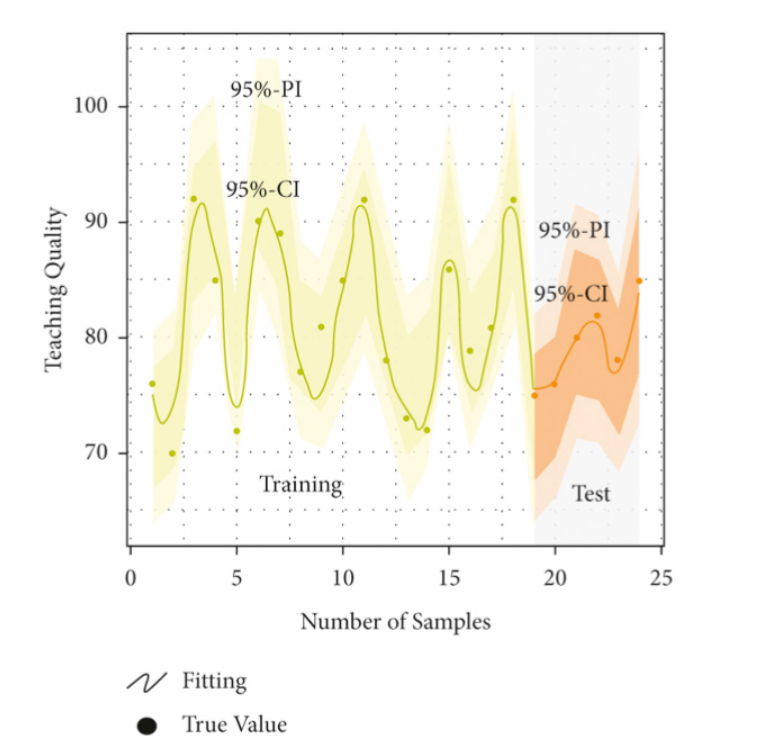 An open access journal
An open access journal
The Possibility of Trans-Medium and Trans-Boundary: Remapping Intertextuality Across Modernist Visual Arts and Anglophone Fiction
Abstract
For a long time, the relationship between literature and visual arts, which respectively use textual and visual symbols as their mediums, has been a subject of academic attention and reflection. The Western modernist period witnessed an exceptionally close interaction between language and image. Represented by Anglophone modernist fiction, both literature and visual art in the early 20th century exhibited an inward turn, with their transformations in form and concept revealing a high degree of intertextuality and mutual reflectivity. The dramatic changes of modernity prompted both to reflect on the concept of aesthetic autonomy, while the shift in the perception of space and time led to breakthroughs in their respective media. The flourishing of urban cultural exchanges and the advancement of modern transportation provided the material conditions for their cross-boundary interactions. The close intertextual engagement of the two wove a new chapter of aesthetic modernity. Their attempts to cross media and boundaries revealed new possibilities for cross-artistic connections in the new era. The innovative explorations in their connections collectively reflected the multiple facets of “modernity”, reflecting aesthetic modernity's dynamic contradiction to instrumental rationality and its adherence to aesthetic autonomy.
Share and Cite
Article Metrics
References
- Aleš Erjavec, Toward the Images, translated by Hu Julan, Jilin People's Publishing House, 2003, p. 26.
- Régis Debray, Vie et mort de l'image: Une histoire du regard en Occident,translated by Huang Xunyu and Huang Jianhua, East China Normal University Press, 2014, p. 9.
- L. Marin, “Mimesis and Description: From Curiosity to Method, from the Age of Montaigne to the Age of Descartes”, in On Representation, Stanford University Press, 2001, pp. 64-68.
- Theodor W. Adorno. Aesthetic Theory, translated by Wang Keping, Sichuan People's Publishing House, 1998, p. 23.
- Gotthold Ephraim Lessing, Laocoön, translated by Zhu Guangqian, Beijing: People's Literature Publishing House, 1979, pp. 85, 99.
- Anthony Giddens, The Consequences of Modernity, translated by Tian He, Yilin Press, 2011, p. 123.
- Malcolm Cowley, Exile's Return: A Literary Odyssey of the Nineteen-Twentieth, translated by Zhang Chengmo, Chongqing Publishing House, 2006.
- Norman Cantor, Twentieth Century Culture: Modernism to Deconstruction, New York: Lang, 1988, p. 123.
- Song Lida (ed.), The Origins of Art (Western Painting Volume), Jincheng Publishing House, 2006.
- Royal Cortissoz, American Artists, New York: Ayer Co Pub, 1923, p. 18.
- Virginia Woolf, Collected Essays of Virginia Woolf, Vol. I, II, edited by Leonard Woolf, New York: Harcourt, Brace, and World, 1925, p. 320.
- Arnold Bennett, Books and Persons, London: Chatto and Windus, 1917, pp. 280-285.
- Richard Brettell, Modern Art: 1851-1929, translated by Zhuge Yi, Shanghai: Shanghai People's Publishing House, 2013, p. 82.
- Richard Brettell, Modern Art: 1851-1929, p. 14.
- Michael Levenson, ed. The Cambridge Companion to Modernism, Shanghai: Shanghai Foreign Language Education Press, 2000, p. 276.
- Herbert Marcuse, The Aesthetic Dimension, translated by Li Xiaobing, Guangxi Normal University Press, 2011, p. 197.
- Feng Liming, Modernist Art in the Context of Technological Civilization, China Social Sciences Press, 2003, p. 21.
- Edward W. Soja, Postmodern Geographies: The Reassertion of Space in Critical Social Theory, translated by Wang Wenbin, Beijing: The Commercial Press, 2004, pp. 34, 35.
- Gao Xingjian, An Initial Exploration of Modern Novel Techniques, Guangzhou: Huacheng Publishing House, 1981, p. 81.

